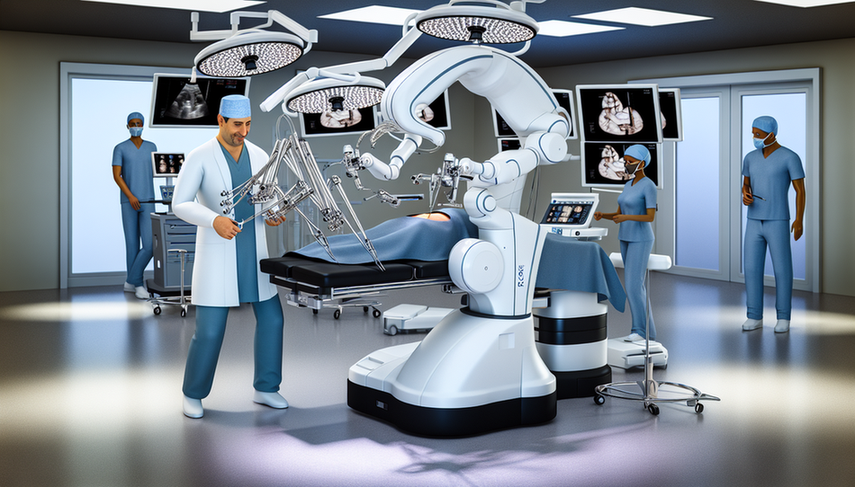Robotics in Laparoscopic Surgery: Enhancing Surgical Precision and Reducing Complications

The integration of robotics in surgery has revolutionized the field of robotic laparoscopy, offering unprecedented surgical precision and a significant reduction of complications. Over the past few decades, the incorporation of robotic systems into surgical procedures has enabled surgeons to perform complex operations with enhanced control and flexibility, surpassing the limitations of conventional laparoscopy.
Advancements in Robotic Surgery
Robotic laparoscopy combines the best aspects of open surgery and minimally invasive techniques, providing a three-dimensional view and precise movements thanks to EndoWrist™ instruments. This has proven particularly beneficial in complex procedures, such as reproductive and oncological surgeries, where precision is crucial for treatment success. A recent study highlights that robotic surgery in the treatment of gastric cancer significantly reduces postoperative complications compared to conventional laparoscopy, especially in technically challenging procedures requiring demanding anastomoses or D2 lymphadenectomy [1].
Moreover, robotic surgery has shown advantages in reducing blood loss, postoperative pain, and hospital stay duration, leading to faster recovery for patients [2]. However, it is important to note that despite these benefits, cost and operative time remain challenges to consider [3].
Conclusions
Robotics in laparoscopic surgery represents a significant advancement in modern medicine, offering improved surgical precision and a reduction of complications that benefit both surgeons and patients. Although cost and operative time are factors to consider, the benefits in terms of clinical outcomes and patient recovery are undeniable. As technology continues to advance, we are likely to see even greater adoption of these techniques across a wider range of surgical procedures.
Referencias
- [1] Reduction in postoperative complications by robotic surgery: a case-control study of robotic versus conventional laparoscopic surgery for gastric cancer
- [2] Robotic-assisted laparoscopy in reproductive surgery: a contemporary review
- [3] Robotic surgery: disruptive innovation or unfulfilled promise? A systematic review and meta-analysis of the first 30 years
Created 24/1/2025
